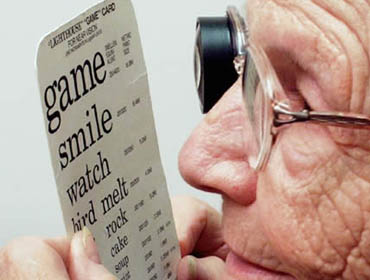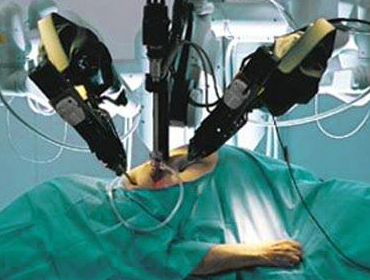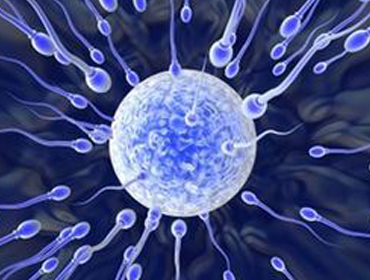
Low Vision
While sophisticated technologies and specialized treatment are improving sight for hundreds of Eye Institute patients, a small segment of the population continues to experience the impact of reduced visual function. Adjusting to the gradual changes can be difficult, but low vision specialists help patients learn to cope with the degree of vision that remains. Low vision affects people of all ages. It is, however most common in the elderly.
There are a variety of disorders that can affect the eye and the visual system causing low vision. These are: birth defects, injuries, certain diseases of the body and aging. The most common cause of low vision is macular degeneration. Macular degeneration is a disease of the retina or the inner layer of the eye that senses light and allows you to see.
Reduced central or reading vision is the most common type of low vision. Other types of low vision are reduced side vision (peripheral), and loss of colour vision. Your eyes also might lose the ability to adjust to light, contrast or glare. Different types of low vision may require different types of aids.
Related Post
ROBOTIC SURGERIES
As the name suggests, Robotic surgeries are Computer-Assisted Surgeries that are performed by a computer assisted robotic arm and are genera...
IVF TREATMENT
IVF or In Vitro Fertilization is a process in which an egg is fertilized by a sperm outside the body. This treatment option is for those in ...
COCHLEAR IMPLANT
A cochlear implant (CI) is a surgically implanted electronic device that provides a sense of sound to a person who is profoundly deaf or sev...




